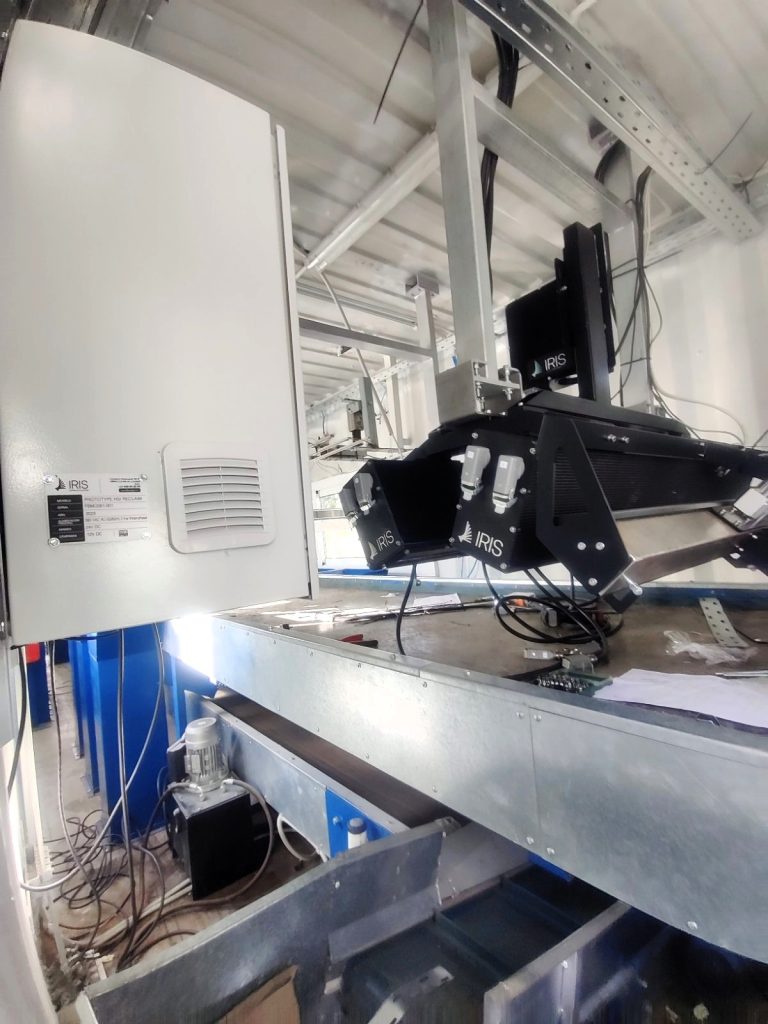The global economy is becoming less circular over the years, relying more on virgin resources than ever before.
While the volume of primary materials entering the linear (take-make-use-dispose) economy has increased, the percentage of secondary raw materials has dropped drastically, from 9.1% in 2018 to 7.2% in 2023 (Circularity Gap Report 2023). This global business-as-usual system is unsustainable, producing nearly two billion tonnes of municipal solid waste annually (and projected to increase by 2050) (Global Waste Management Outlook, 2024) and also more vulnerable to human-induced climate change impacts (UNEP, 2019).
A transition to a Circular Economy might offer multiple benefits.
A Circular Economy transition means tackling the triple planetary crises of climate change, biodiversity loss and pollution, by gradual decoupling from the use of finite natural resources with economic growth, while prioritising people’s wellbeing in this transition (Ellen MacArthur Foundation).
This transition, which involves exploring circular business strategies, could also unlock $4.5 trillion of additional economic output by 2030 while at the same time have the ambition to decouple economic growth with natural resource consumption, according to a research by Accenture titled ‘Waste to Wealth’.
In a Circular Economy, recycling is considered to be the last option for recovering valuable materials. However, the potential of effective recycling through AI and Robotics is underexplored till now, but has a huge potential to accelerate the transition to a Circular Economy by increasing the recovery of secondary raw materials to be used for in other products in order to reduce reliance on virgin materials.
Today, there is a growing awareness and action around finding ways to effectively and efficiently reuse and recycle materials, to transition to a CE. EU regulations have followed, with the EU Parliament setting down the mandate to recycle over 55 per cent of municipal waste by 2050 (EEA).
AI-powered robots supported by high-tech imaging technologies and deep learning modules can help us get there. By integrating robotic solutions, which can efficiently segregate different recyclables into waste streams, recycling accuracy and speed can be greatly enhanced. This boosts cost-effectiveness and allows Materials Recovery Facilities (MRFs) to enhance their output.
While AI-powered robotic technology for waste sorting has been explored in the recent past, our project goes a step further in research and innovation.
How does RECLAIM Project use AI + Robotics + Deep learning to increase material recovery?
Our project’s goal is to develop an AI-powered low-cost, easy-to-install portable robotic material recovery facility that can be deployed anywhere, but especially in harder to reach areas outside of urban dense spaces. When it comes to AI-driven robotic waste management technology, we are not attempting to reinvent the wheel, but making use of well-tested technologies that will be iteratively improved for better material recovery.
Robots will increase “Picks per invested Euro”
Our project promotes a new modular architecture for robotic recyclable recovery based on high productivity Robotic Recycling Workers (RoReWos) equipped with different grippers that specialise in different material types. So, we aren’t using general purpose robotic tech because they aren’t equipped to handle post-consumer waste treatment as increases the cost of the entire modular architecture of the robotic system. Instead of one expensive robot doing everything, many affordable modular robots with different skills will be employed to efficiently handle different role in waste recovery and sorting tasks. Ultimately, the use of RoReWos Team is expected to double the “picks per invested euro” rate for the modular system.
Not only this, our innovation will increase the quality of the recovered waste that can be put back into production processes as secondary raw materials, which will in turn reduce the demand for virgin materials and the pollution linked with the extraction and manufacturing of such materials. Once the waste is sorted into different waste streams, a press will compact all the recovered materials for transportation to the next stage of recycling.
AI + Robotics + Computational Vision + Hyperspectral Imaging = Increased recycling rates
Artificial Intelligence (AI), computational vision, hyperspectral imaging, and robotic sorting will accurately identify recyclables and iteratively improve AI operations, thereby improving sorting efficiency even in challenging real-world conditions, resulting in increased recycling rates and reduced waste. An AI module combines imaging in the visual and infrared domain to identify, localise and categorise recyclables.
In addition, lower cost RGB cameras in relation to hyperspectral imaging will be used to detect foreign bodies within a single-waste stream and their negative separation. To ensure the sustainability of the prMRF, RECLAIM project will also analyse the visual inputs provided by humans and hyperspectral imaging to iteratively improve the AI-powered material identification, localisation and categorisation module.
Safety of health workers given the repetitive nature of tasks
The health and safety of workers have also been factored in our project. Even though waste sorting processes are highly automated in Europe, certain tasks that require sorting, such as quality of recovered material and bulky waste, still need to be done manually. Sorting also requires repetitive movements which are tough on the human body. The introduction of AI and Robotics in waste recovery is expected to reduce employees’ exposure to waste and improve their health conditions and quality of work.
Conclusion
With the support of AI-powered robotics for waste sorting, RECLAIM Project will process and sort more recyclates with higher accuracy, thereby decreasing the amount of waste ending up in landfills, and contributing to a leakage-free Circular Economy.

